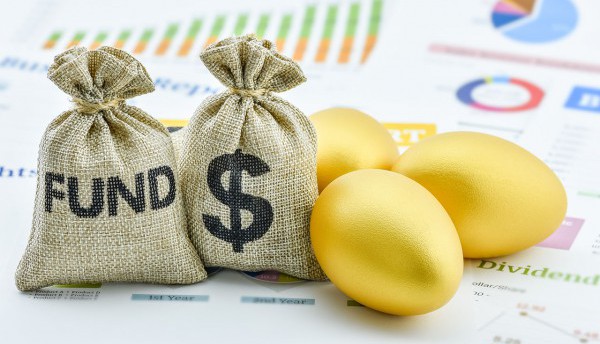
Hyundai Steel is exploring the possibility of setting up a manufacturing plant to supply automotive steel to Hyundai Motor and Kia in the US. The move, which entails a significant investment potentially amounting to several trillion South Korean won, is seen as a strategic response to navigate tariff barriers introduced by the Trump administration.
As part of this endeavor, Hyundai Steel is in talks with various state governments, including those of Texas and Georgia, regarding the investment necessary for this project. However, details concerning the amount and timeline of the investment, alongside the chosen production method, remain undecided.
The proposed steel factory in the US is expected to utilize an electric furnace method, which is a more environmentally friendly alternative to the traditional blast furnace method known for its high carbon emissions. Given the production capacities of Hyundai Motor Group in North America — encompassing Kia's factory in Georgia with an annual production of 350,000 units, Hyundai's Alabama factory with 330,000 units per year, and the upcoming Hyundai Motor Group Metaplant America (HMGMA) electric vehicle factory in Georgia projected to manufacture 300,000 to 500,000 units annually — the scale of Hyundai Steel's project is estimated to be several million metric tons. Considering that approximately 1 metric ton of steel plate is required per vehicle, the steel mill would need to produce at least 1 million metric tons annually to meet the needs of Hyundai Motor Group's factories alone.
The investment in a greenfield steel plant comes at a time when US President Donald Trump is expected to set up protectionist trade policies, potentially imposing 25% tariffs on products imported from Mexico and Canada and a universal tariff of 10% to 20% on imports from other countries. This move aims to mitigate the potential impact of such tariffs on Hyundai Steel's operations by localizing production in the US, thereby ensuring cost competitiveness against overseas manufacturing that benefits from lower labor costs.
This content may be AI-assisted and is composed, reviewed, edited and approved by S&P Global.








